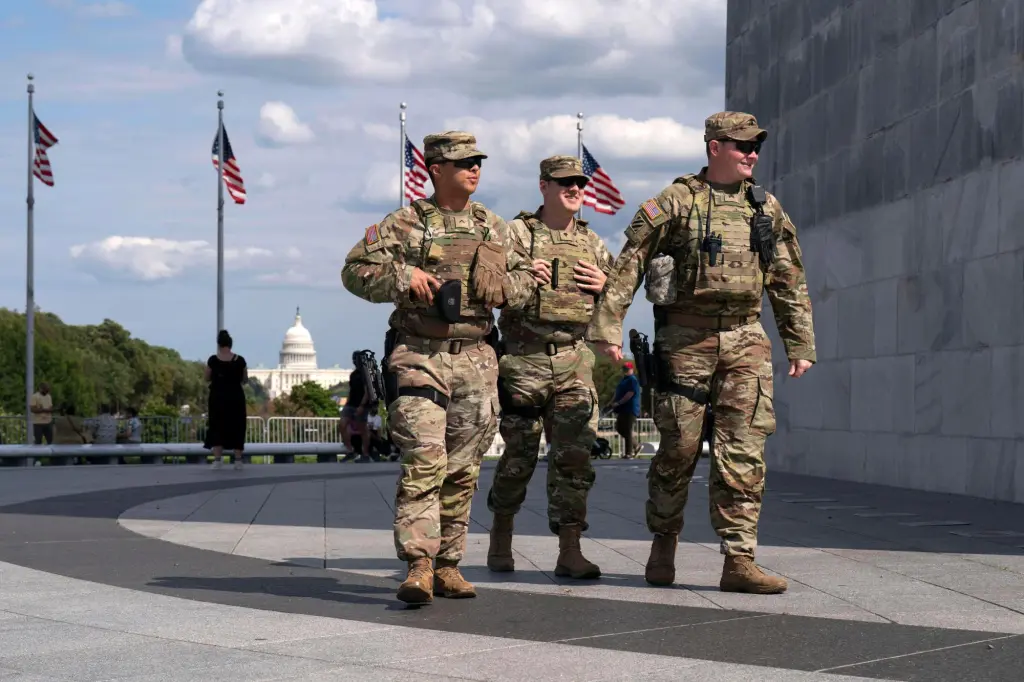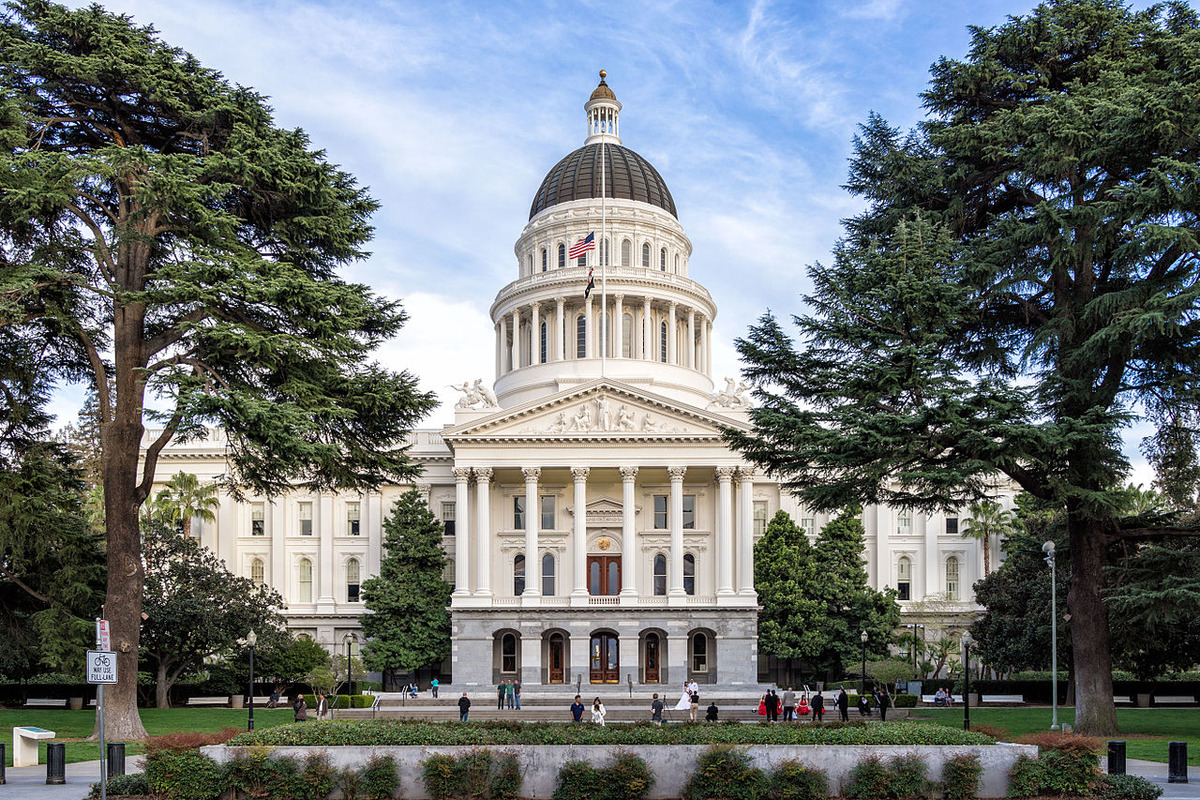
The practical solution to reducing crime rates doesn’t involve armed personnel walking our city streets — it’s investing in education. Research shows that crime often flourishes when people feel hopeless and cut off from opportunity. Education, by contrast, provides a foundation for stability, self-sufficiency and the pursuit of happiness. In cities that have seen reductions in crime — such as Baltimore and Washington, D.C. — the progress has come not from fear-based policies, but from investments in people, schools and communities. These examples show that true public safety begins not with punishment, but with possibility.
This administration insists that “locking people up” and flooding city streets with military vehicles and armed personnel will make us safer — implying that intimidation can control crime. Worse, their rhetoric affirms a narrative that locking up Black and brown people is the surest way to lower crime rates. But who exactly benefits from this approach? The truth is that opportunity, not incarceration, creates safer and stronger communities. Expanding access to high-quality education, building pathways to meaningful work and investing in mental health supports are far more effective strategies. The tired “law and order” playbook is about politics, not public safety.
To be fair, the administration’s approach is not new. “Tough on crime” policies have dominated for decades, yet we know their results: devastated neighborhoods, cycles of poverty and a booming prison industry. Black Americans are imprisoned at nearly five times the rate of white Americans. And taxpayers shoulder enormous costs for mass incarceration, with the U.S. government spending more than $84 billion annually on public and private prisons — an increase of over 310% since 1982. But some groups profit from incarceration. The Prison Policy Initiative (2025) reports that the prison industry generates profits for private prison corporations, technology and surveillance firms, local governments and companies using prison labor. These disparities do nothing to create sustainable safety; instead, they fuel hopelessness for some and profits for others.
Education tells a different story. In Baltimore, investments in community schools, where children receive not only academic instruction but also health care, mentoring and enrichment, have shown promise. A Johns Hopkins University study found that students in Baltimore community schools had improved attendance and academic outcomes, both of which are linked to reductions in youth crime. These examples illustrate what happens when we invest in people rather than tanks and prisons. In Washington, D.C., the city has invested heavily in expanding early childhood education and afterschool programs. Between 2008 and 2020, D.C. doubled the number of children enrolled in high-quality pre-K, which research shows reduces crime later in life by improving school readiness and long-term educational attainment. At the same time, violent crime rates in D.C. fell by more than 20%.
As a lifelong educator, I believe our country has lost sight of education’s transformative power. We are diminishing our investments in schools as bridges to opportunity. Instead of cutting budgets, narrowing curricula and undermining trust in teachers, we should be doubling down on innovation. We must design new models to teach students from diverse backgrounds and ensure that every child, regardless of their race, zip code or family income, learns to read, problem-solve and dream about their future.
According to the National Assessment of Educational Progress, only one-third of U.S. fourth graders read proficiently. In high-poverty urban districts, the figures are even worse. Research from the Annie E. Casey Foundation has shown that students who cannot read by the end of third grade are four times more likely to drop out of high school. And high school dropouts are three times more likely to be arrested as adults. These statistics do not reflect children’s potential. They reflect the consequences of underinvestment.
A 2022 study from the University of Michigan found that increasing investment in public schools pays off by reducing crime in adulthood, showing us that enriching student lives with well-prepared teachers and school leadership is well worth the investment.
The thesis is simple: Education is the key to solving and lessening crime. Yes, we need responsible, community-based policing. But what this administration is offering is neither safety nor responsibility. It is fear, division and stagnation. We need to invest in people’s potential, their education and their well-being. Only then will we create communities of hope, not fear; places where opportunity flourishes and crime recedes.



